Helene ‘sideswipes’ Forgotten Coast
Spared a hit from Category 4 storm
In a remarkable display of preparedness, the Forgotten Coast, particularly Franklin County, obeyed the warnings from emergency management officials in advance of Hurricane Helene, with a large number complying with mandatory evaluation orders after boarding up their homes and businesses.
What was even more remarkable, was that a storm that appeared to be making a beeline for Eastpoint ended up nearly missing both counties entirely.
Instead Helen came in at the mouth of the Aucilla River about 10 miles west-southwest of Perry at about 11:10 p.m. ET Thursday, Sept. 26 as a Category 4 hurricane.
“It’s basically sideswiping us at this point.” said Jennifer Daniels, emergency management director for Franklin County, hours after the expected landfall on Thursday evening.
Gov. Ron DeSantis had repeatedly warned residents of the Big Bend region, including people in hard-hit Taylor County. to make final preparations for Hurricane Helene.
“Most of the data we have does have a Taylor County landfall,” he said, early Thursday evening. “But all those areas there, along the Big Bend coast, are areas that are low lying, that are susceptible to potentially major storm surge.”
DeSantis’ warning came after the Taylor County Sheriff’s Office issued an online statement advising people who decide against evacuating to, “Please write your name, birthday, and important information on your arm or leg in permanent marker so that you can be identified and family notified.”
The National Hurricane Center said at 6:20 p.m. that maximum sustained winds had increased to 130 mph, making Helene an “extremely dangerous” Category 4 storm. Helene continued to grow as it moved north-northeast at 23 mph through the Gulf of Mexico.
Nearly 300,000 utility customers in the state did not have electricity Thursday afternoon, most in areas north and south of Tampa Bay. Large numbers of outages were reported later.
Winds and storm surge forced closure of roads and bridges along the state’s West Coast, including the Howard Frankland and Sunshine Skyway bridges and Courtney Campbell Causeway in the Tampa Bay area.
Daniels had warned Franklin County residents to expect 20-foot storm surges in Carrabelle, Lanark and as far as Alligator Point, with Eastpoint expected to have 10 to 15-foot surges, and between Indian Pass and Apalachicola between 6 and 10-foot storm surges.
In comparison, storm surges in Mexico Beach during Hurricane Michael were between 14 and 15 feet, and in Franklin County during Hurricane Dennis 15 years ago about 11 feet.
But as it turned out the storm surges in the county turned out to be much less. “It’s a fast-moving storm,” Daniels said. “It’s going to come in quick and move on out pretty quick.”
And that she did, but not before pouring enough rain on heavily saturated ground, on Cape San Blas, Indian Pass, St. George Island and the mainland, to cause extensive, but comparatively brief flooding. No injuries or deaths were reported.
“I think things went great,” said Franklin County Sheriff A.J. Smith. “People did what they were supposed to do, it was a great effort by everyone here.”
With maximum sustained winds that never exceeded 50 mph, none of the counties’ bridges were ordered closed. “The most I ever saw was almost 40 mph,” he said.
Smith said he got a call from Taylor County sheriff Wayne Padgett asking for Gatorade and energy drinks for the people working, and so the sheriff, with help of donations from Apalachicola people and the Florida Deputy Sheriffs Association, headed with a convoy east.
“We saw total destruction, just terrible,” Smith said. “Houses were completely gone. At Keaton Beach it was like a bomb blew up there.”
Late Sunday, Padgett asked for ice, and Water Street Seafood owner Steve Rash donated ice and a truck to tote that and more energy drinks and water to Horseshoe Beach and Cross City in Dixie County.
“They got hit hard too,” said Smith, noting that the sheriff’s office’s charity fund is still accepting donations and has so far gathered in over $10,000.
Rescue and recovery efforts were underway Friday morning, as State Division of Emergency Management Director Kevin Guthrie implored people not involved in recovery efforts to stay off the roads as authorities conducted search-and-rescue efforts amid debris and dissipating storm surge.
“Please do not go out and visit the impacted areas,” Guthrie said Friday morning at the state Emergency Operations Center. “We have over 1,500 search and rescue personnel in the highly impacted areas right now. Do not get in their way. We need you to stay off the roads and get out of our way so that we can go do our jobs.”
Authorities said two deaths had been attributed to the storm Friday morning. Also, the storm had left more than 1.24 million utility customers without electricity.
Power outages remained close to 100 percent in Suwanee, Taylor, Hamilton, Madison, Dixie and Columbia counties, which were directly in Helene’s path. The storm also left people in the dark in numerous other areas of the state.
Helene was the third hurricane to make landfall in rural Taylor County in a little more than a year, after Hurricane Idalia in August 2023 and Hurricane Debby last month.
During a Friday morning news conference, Gov. Ron DeSantis worried that there might be a “sense of trauma” for communities that also have had to rebuild after the two earlier storms.
“I think there’s a demoralization,” DeSantis said. “It’s like, ‘OK, we worked all this, and then now we could potentially be worse off than we were even before.’”
But DeSantis added the state will assist people in what were already designated as “fiscally constrained” rural communities. “We’re going to have support there,” he said. “It’s not easy, but we’ll get through it.”

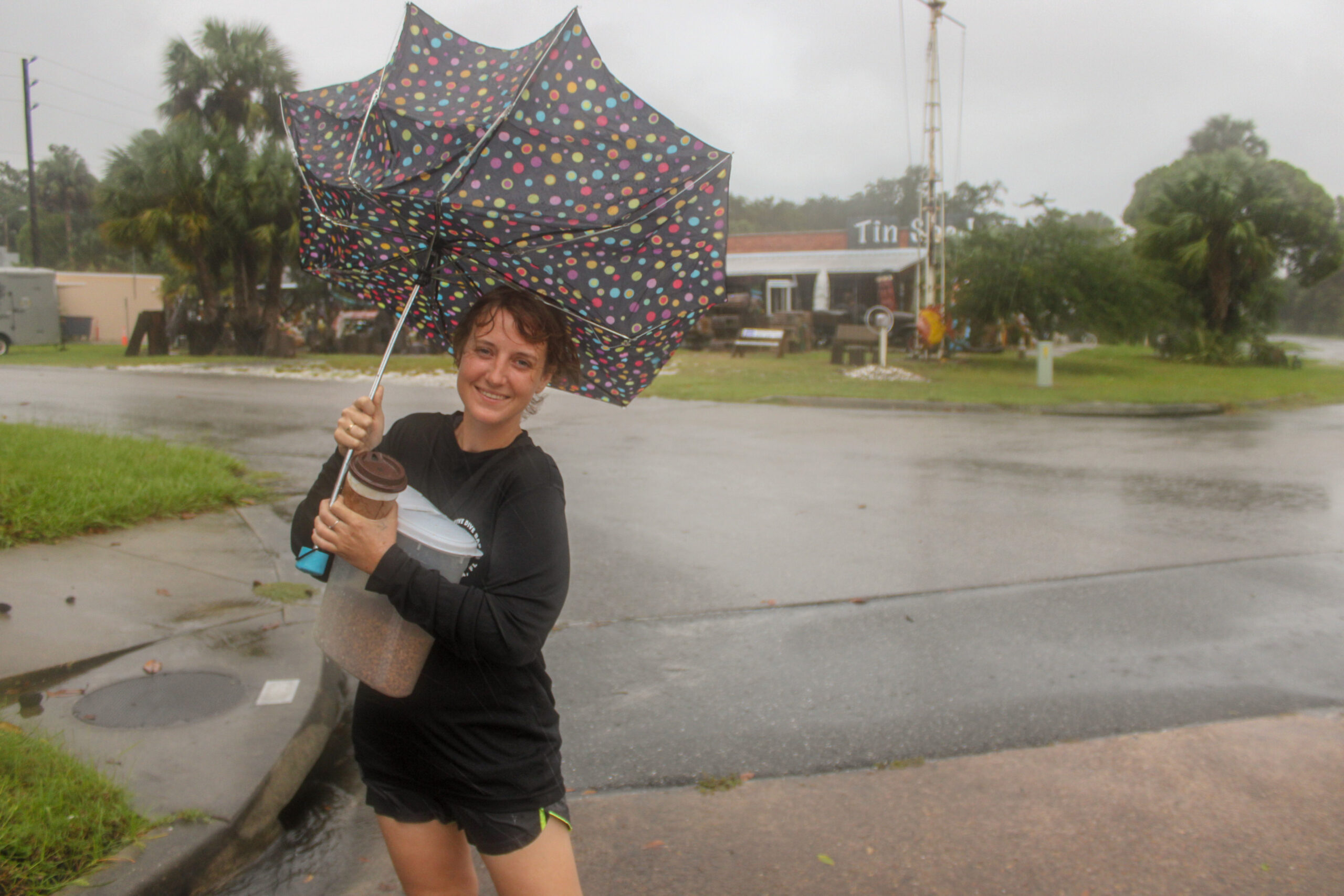
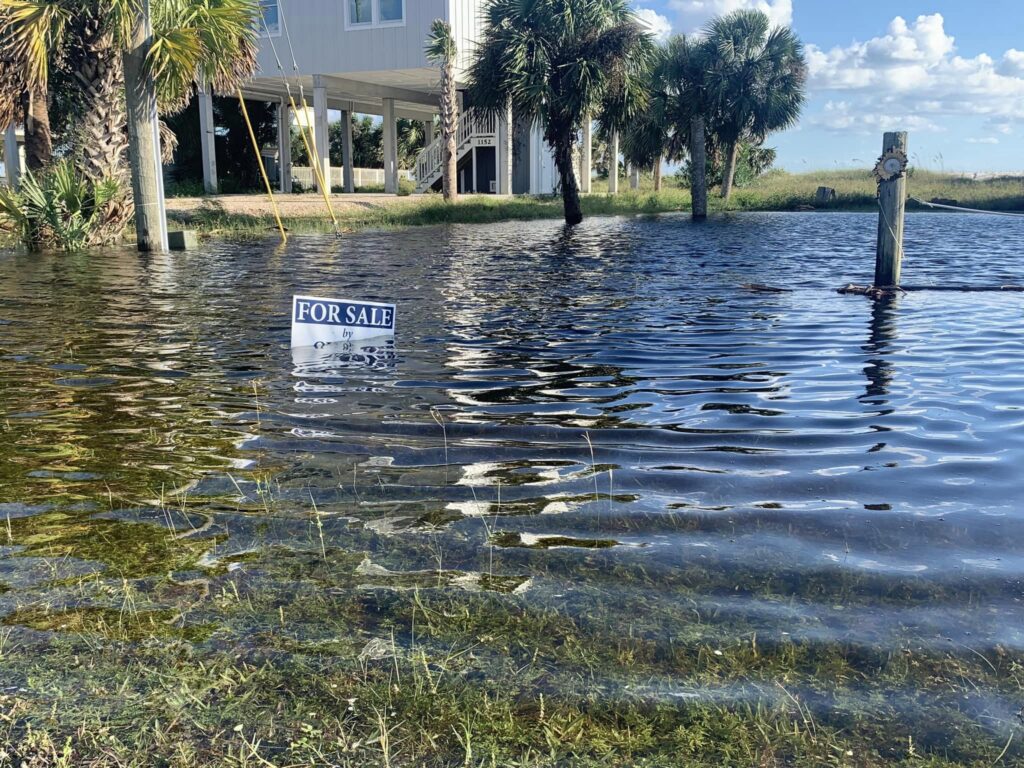
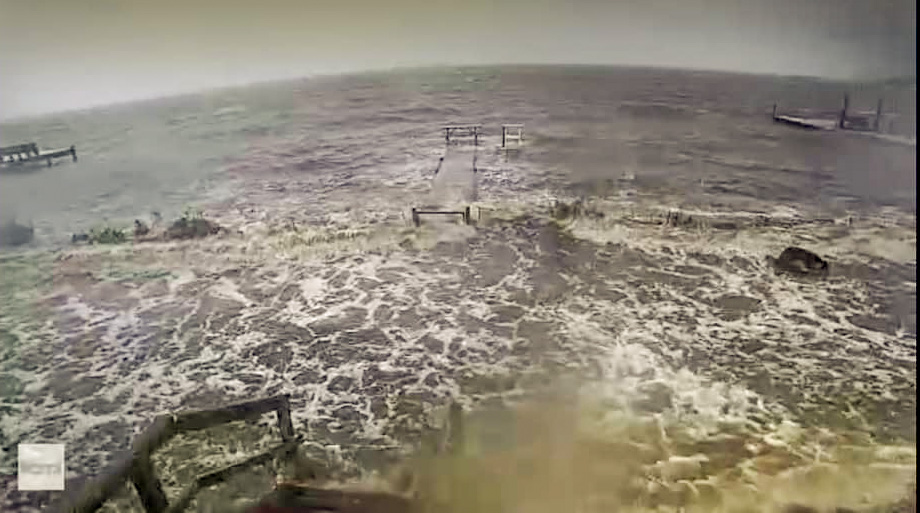

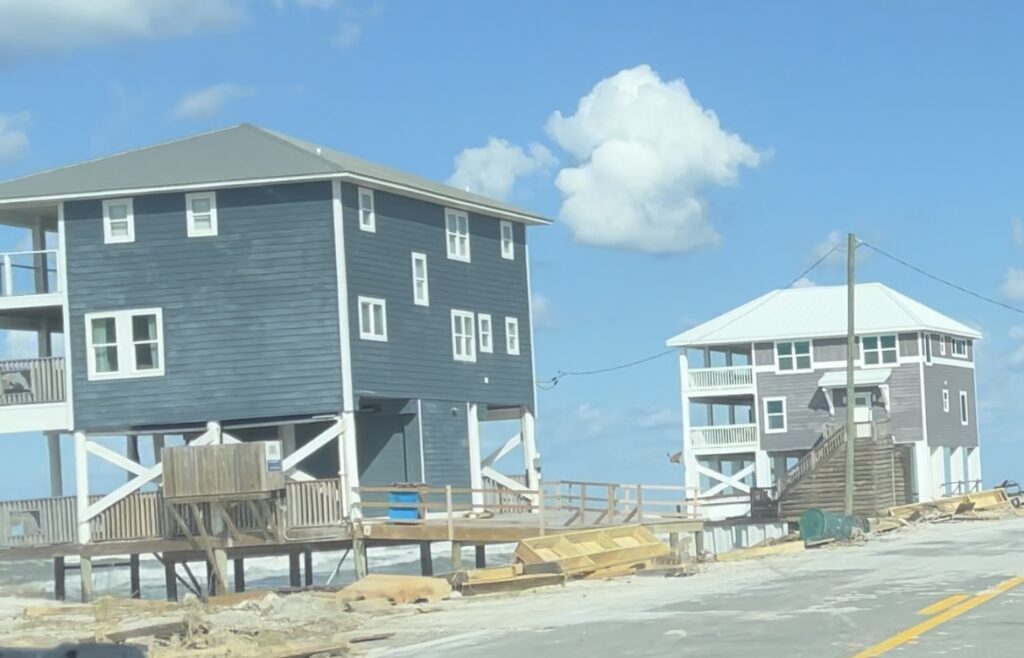
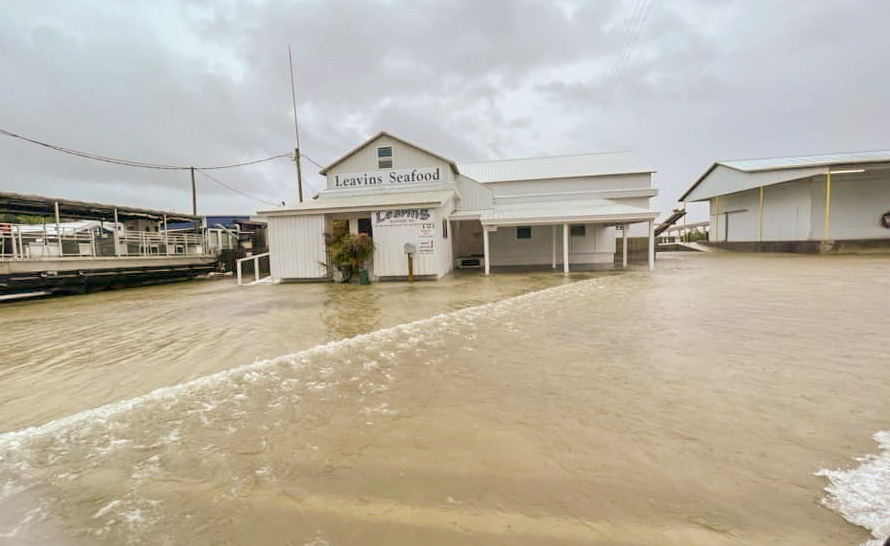
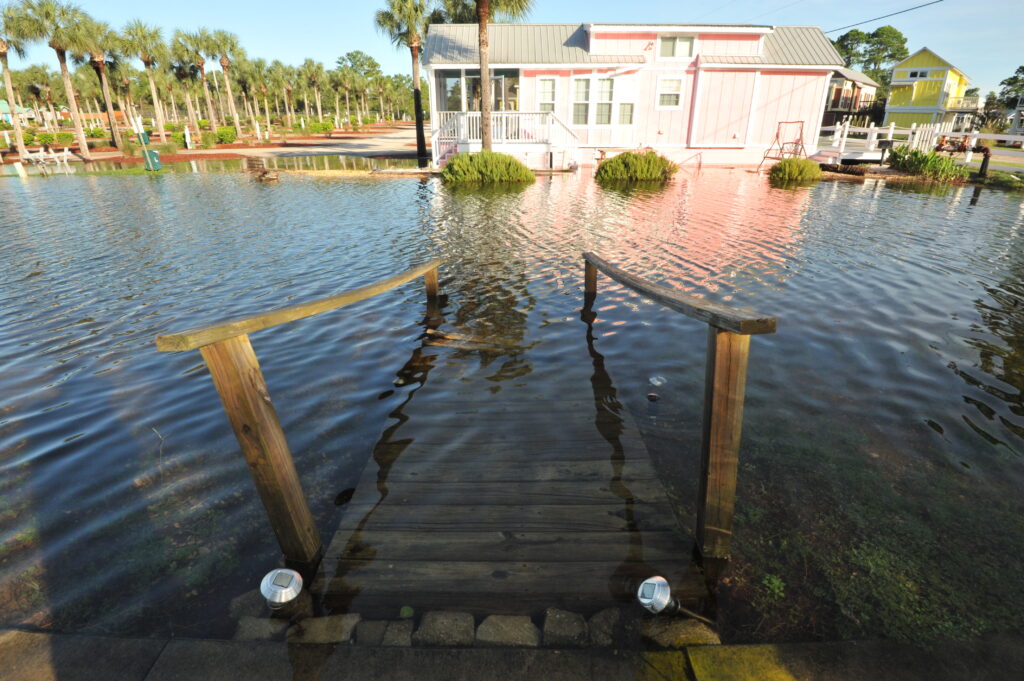
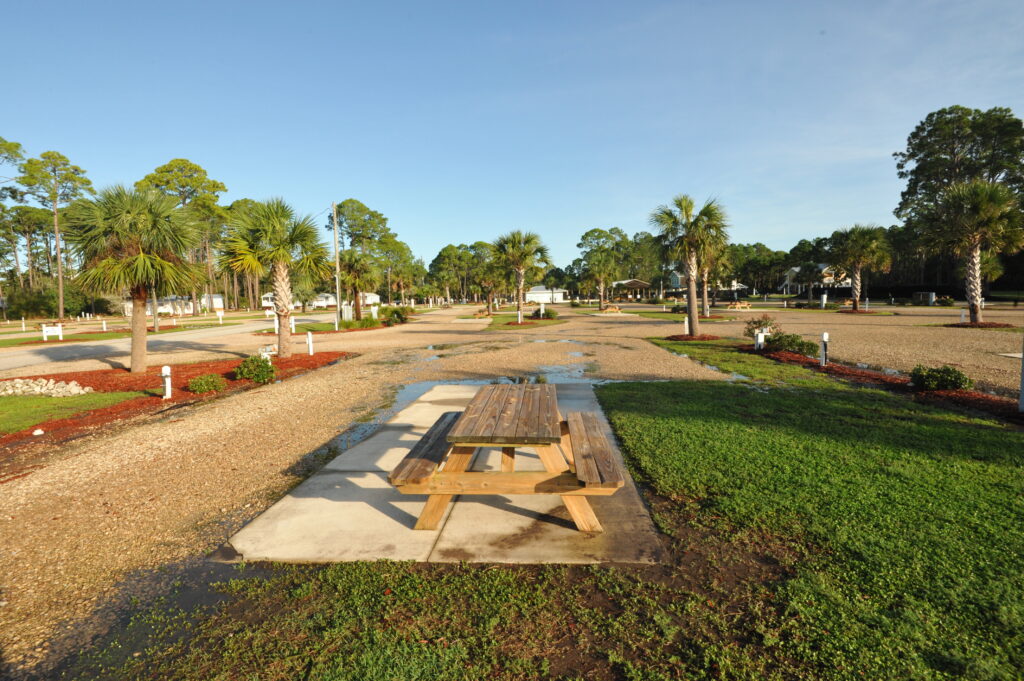
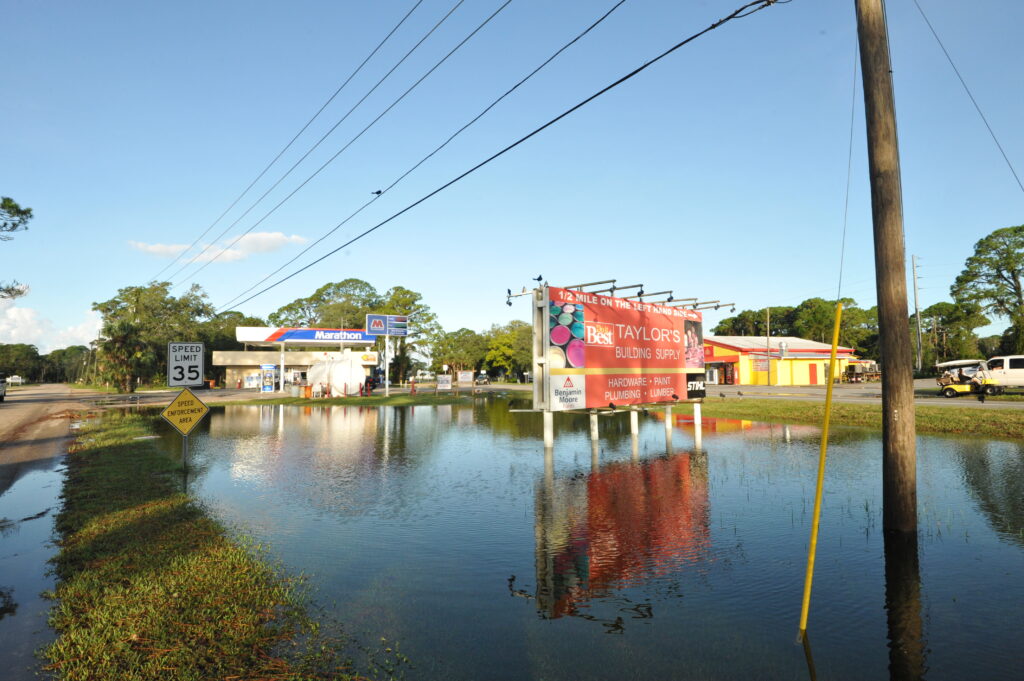
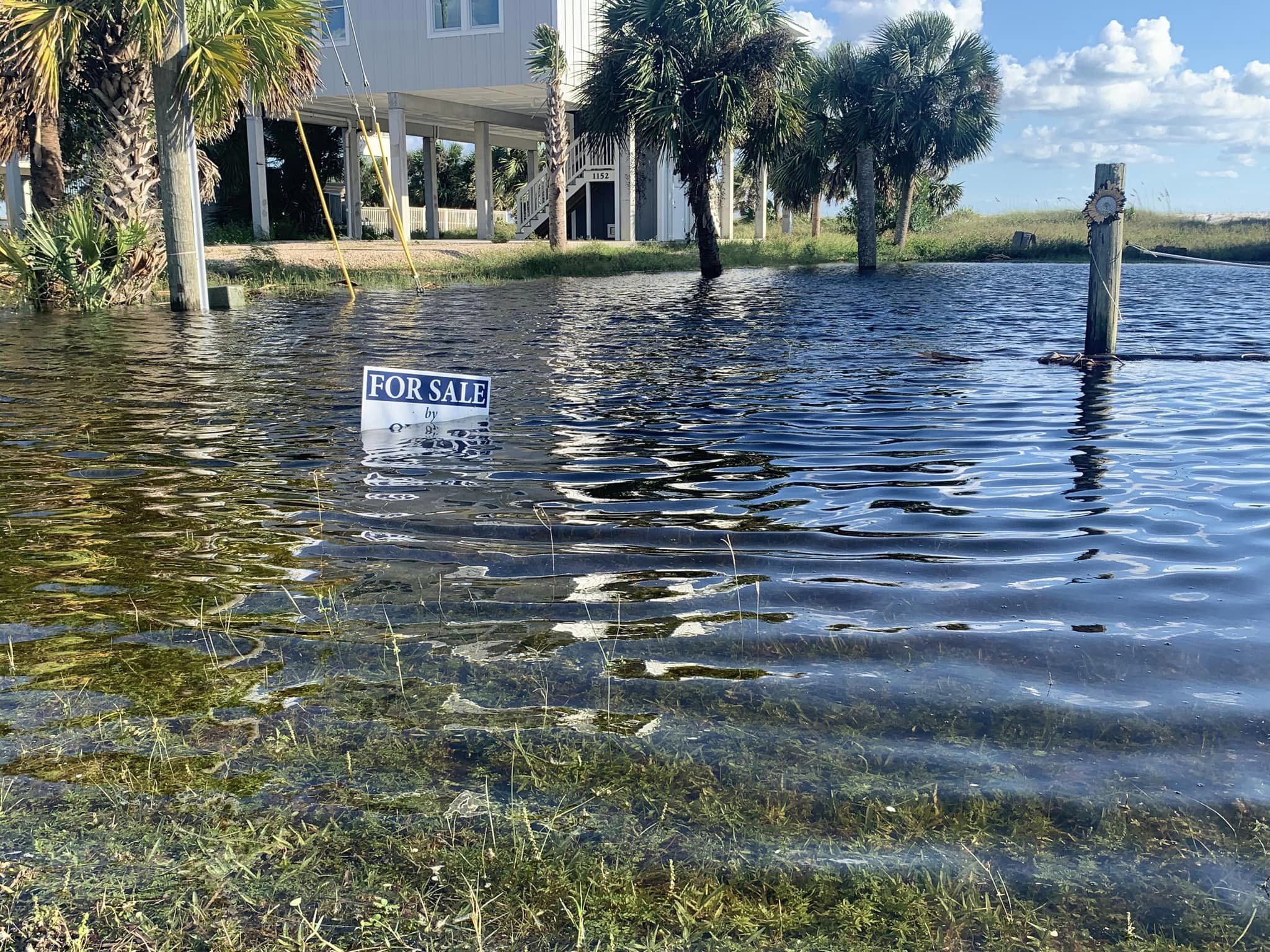

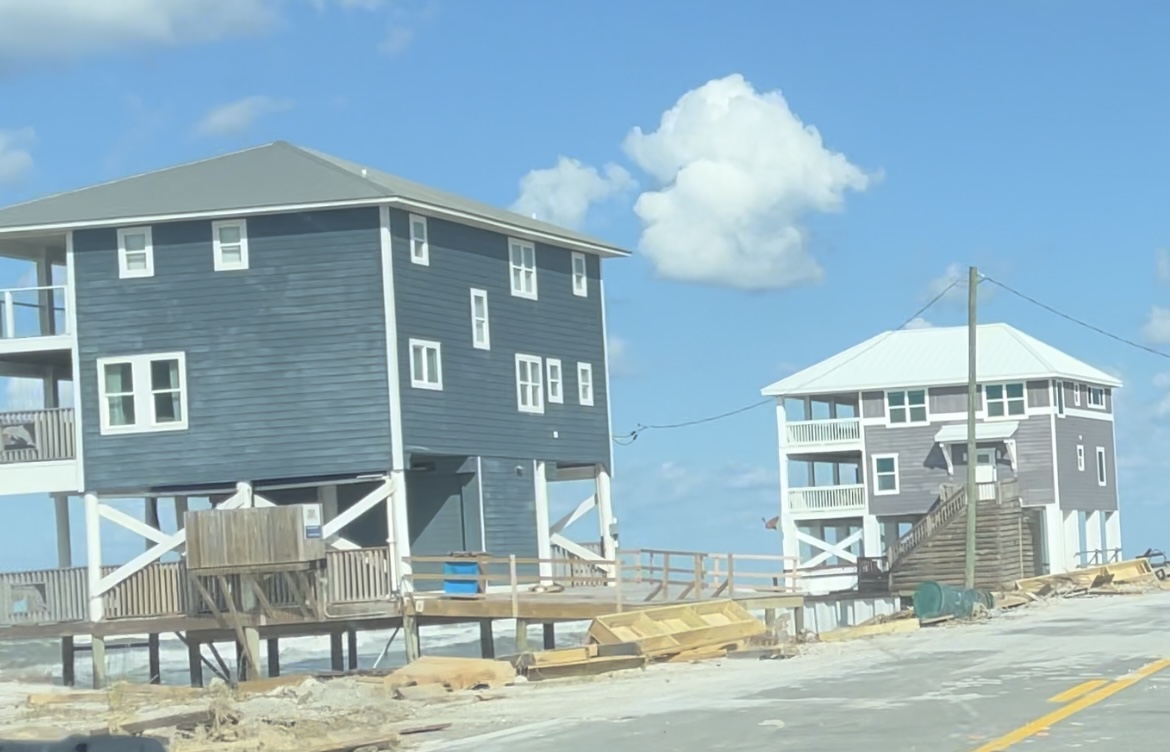
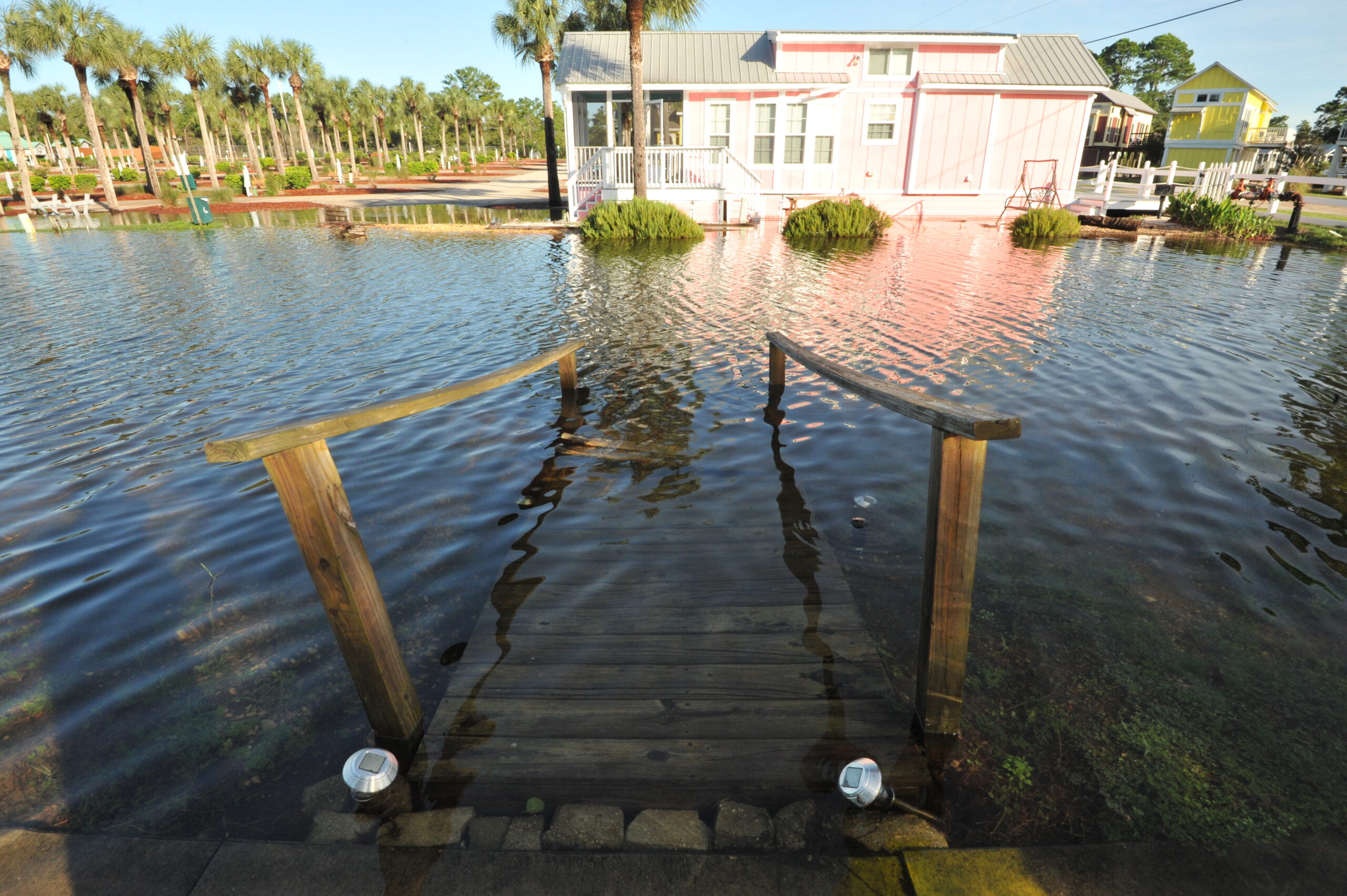
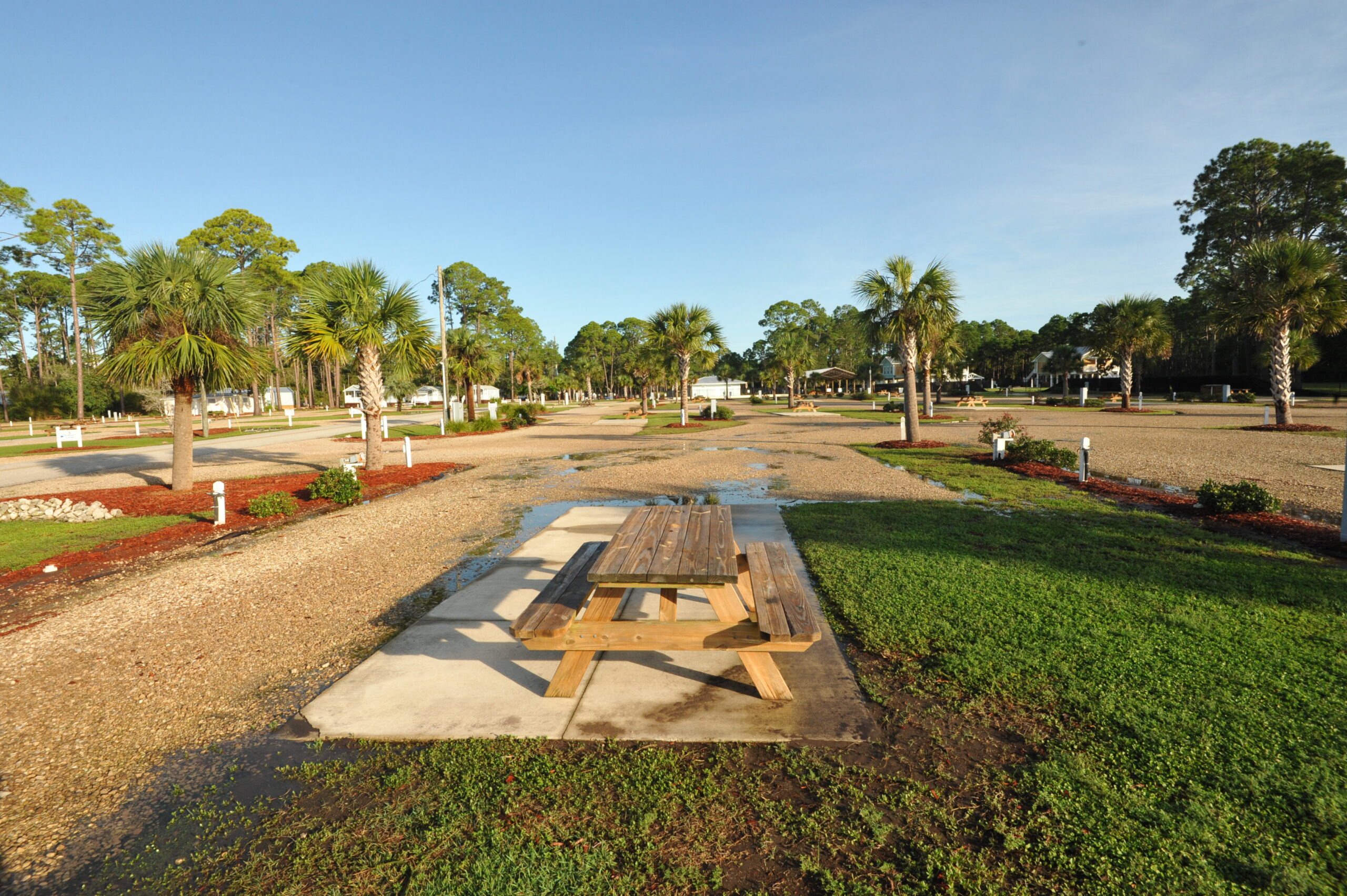
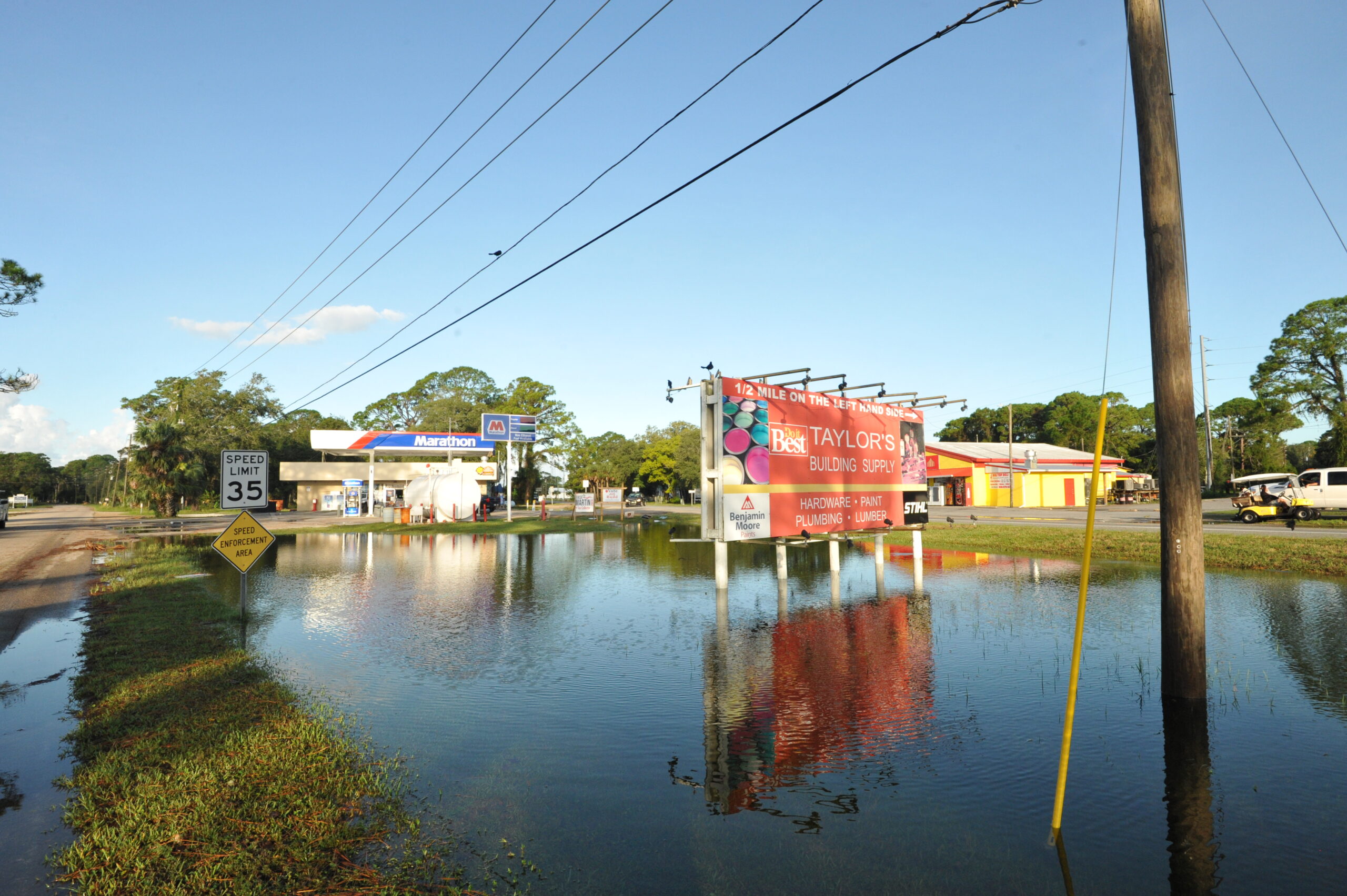



Meet the Editor
David Adlerstein, The Apalachicola Times’ digital editor, started with the news outlet in January 2002 as a reporter.
Prior to then, David Adlerstein began as a newspaperman with a small Boston weekly, after graduating magna cum laude from Brandeis University in Waltham, Massachusetts. He later edited the weekly Bellville Times, and as business reporter for the daily Marion Star, both not far from his hometown of Columbus, Ohio.
In 1995, he moved to South Florida, and worked as a business reporter and editor of Medical Business newspaper. In Jan. 2002, he began with the Apalachicola Times, first as reporter and later as editor, and in Oct. 2020, also began editing the Port St. Joe Star.